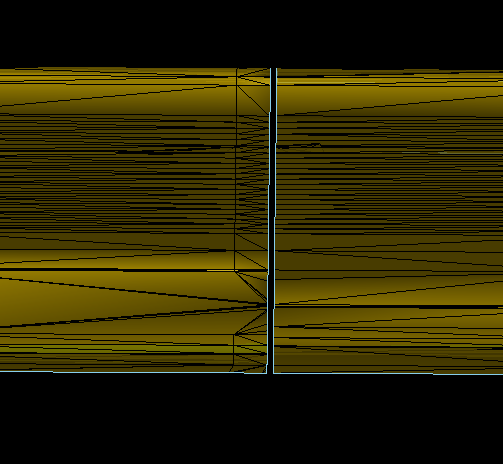

I will move things in and out of the groups to make things work better. Be assured when I get to this point, the list is dynamic. From there I have categorized them according to the places they need to be. Where are weĪt this point I have renamed the layers that have what I want for my model and linework. Having the same name used in every file is something everyone should do.

These layer names all now have been changed to CAD Standards. Just go to the layer manager and type in a new name. To make this easier, I will name the layers what they are and dispense with the engineer’s goofy wording. My thought is to play it by the numbers and check off the layers you want to be included in the surface. I will create a quick surface to try an idea or solve an issue. My world is mostly solving problems and not production. Taking layers to create a surface doesn’t take a lot of additional time, and when the client asks for a takeoff, it becomes a no brainer. Do you take some layers and create a surface, or do you go through categorizing layers to let TBC create the surface? I have had many discussions, regarding this subject. This also brings up the discussion of how to build a surface.

The first thing I like to do is get what I want on the correct layer group. This is a good way to verify if you can streamline your process. I will highlight some of the commands that I use for data prep that can make things go smoother. This often varies widely depending on factory or dealer training. I want the most direct path to the result. Processing data, for instance, can take 15 to 30 commands. My approach is to find the shortest and straightest line to the finish. Software developers write commands so that understanding software revolves around the command(s) that fit the need. When you are learning software, there are two approaches menu driven and process driven.


 0 kommentar(er)
0 kommentar(er)
